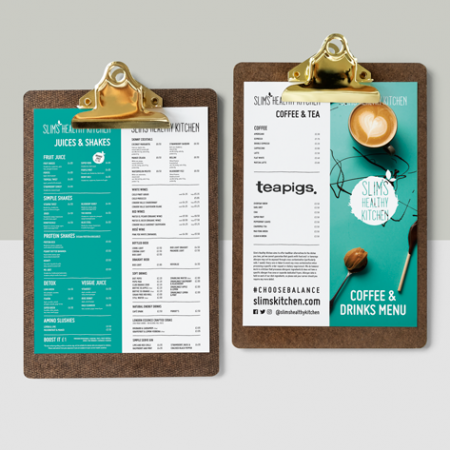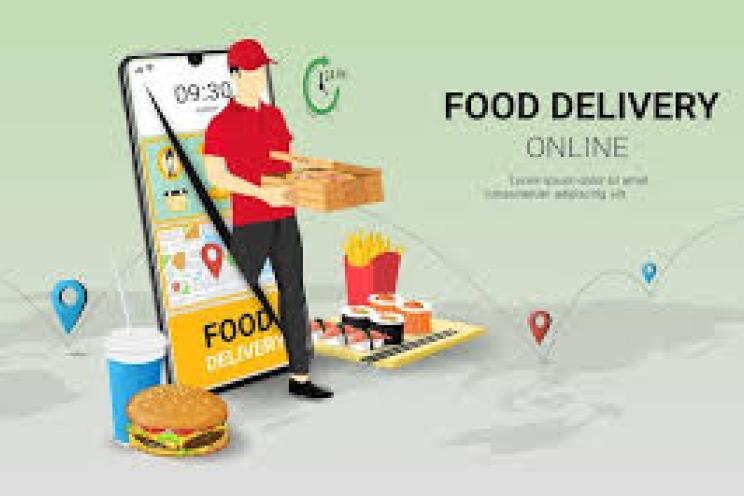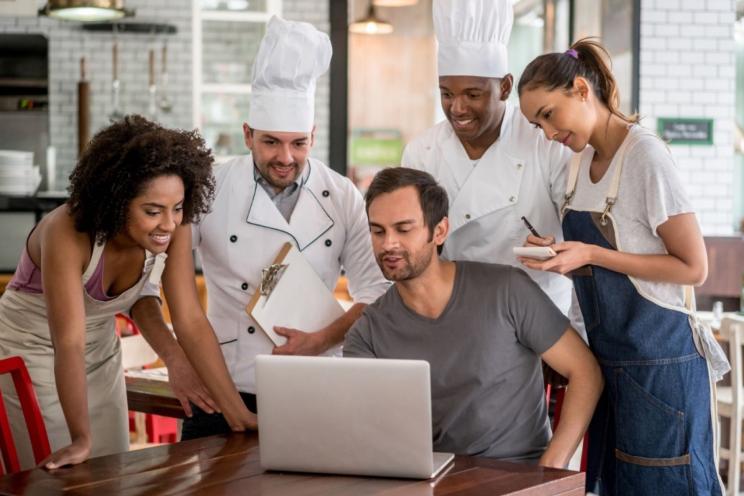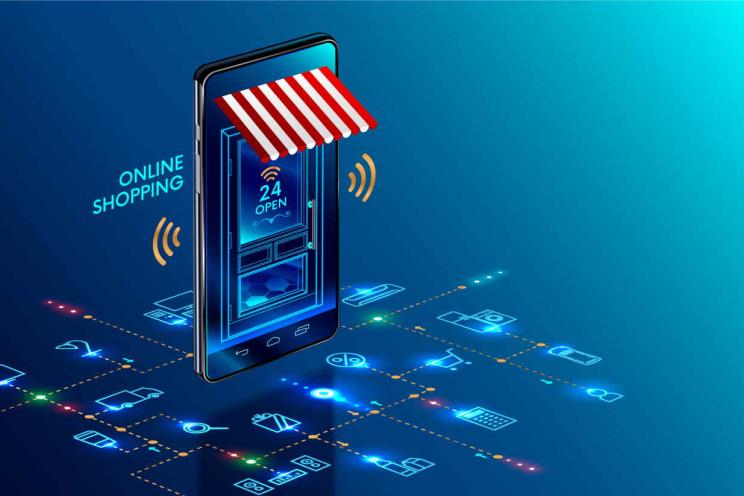
Menu pricing strategies and techniques to increase your profits
Out of the various ways to increase your profits especially amid increasing food prices or at least try to decrease your costs. Pricing menus is a topic that often worries both consumers and restaurant owners. Consumers worry about the price increase they have to pay for the same food while for restaurant operators is a bit more complex.
For restaurant owners, they worry about keeping a decent profit margin while maintaining the same quality they used to offer. Additionally, they worry about losing their customers in case of price increase.
Food costs have never been steady but certain food prices are continuously increasing like steak, pork, and chicken with respectively 20.1%, 14% and 9% increase between 2020 and 2021.
So, with all the other factors that affect pricing, operating a restaurant isn’t only about cooking a delicious meal or managing your staff. It’s a lot more complicated than this and it includes various steps and analysis to be performed.
Menu pricing tools to maximize your profits
Use relative pricing
Have you ever noticed when you at a restaurant that 2 plates with the same main ingredient, but different toppings have a big price difference?
For instance, shrimp scampi can be priced at $23 while shrimp cocktail is priced at $42 or curly fries at $18 while potato wedges at $11.
This big difference that you might find illogical has a purpose at restaurants. Restaurant owners simply place high-priced menu items next to high-profit items. In this case, customers are more likely to pay for the cheaper item because they think the other one is overpriced especially that it contains the same main ingredient.
It’s your game and call to place different items smartly in a way that drives your guests to choose high-profit items over the ones with less margins.
Decide the right quantity to price
Depending on the type of restaurant, making this mistake of overpricing your platters or underpricing them can be damaging.
Charging too much drives customers away while charging less that you should kill your profit margin.
Charging less for less quantity or more for bigger quantities isn’t always the way to do it. You need to balance price with quantity considering other factors like the ingredients and number of servings in these platters. The type of your restaurant is also a major factor in deciding how big or small to charge your platters depending on the quantity. Usually, fine dining restaurants’ servings are smaller and highly priced based on the quality served and the luxurious concept of the restaurant.
Price according to your type
The first thing to consider when pricing the platters and it goes without saying is the raw material costs. And other related costs such as the labor cost and the restaurant decorations and so on.
GMV= (Total Revenue- Cost of goods sold)/Revenue.
Therefore, there is always a gross margin revenue to calculate based on your costs and revenues that varies depending on the type of restaurant.
Fine dining restaurant’s margin is around 60% to 70%.
Casual dining margin is around 55%.
Quick service restaurant’s margin is around 35% to 45%.
Servings in the last 2 types are more than the first ones but the quality and the atmosphere in the first type plays a big role in pricing the platters.
Charge more for exotic restaurants
People are willing to pay more for more exotic restaurant styles and it gives them personal satisfaction linking their experience to their overall wellbeing and lifestyle.
People also associate the higher price to higher quality and the gourmet food they will be getting so the think it’s worth it to pay extra money to get this unique flavor. Otherwise, you risk losing your targeted market and guests if you price your platters on the lower end thinking that you are jeopardizing the quality for the price.
Add that little special ingredient
Adding a twist to your platters can be an easy task yet flavorful and smart way to increase your prices. Spices and herbs add much flavor and richness to your dishes while adding its value. Adding special sauces or gravies to the chicken or steak, saffron to rice, delicacy cheese to your platters… all this can help you increase your prices selling the platters as being of an exquisite flavor from around the world. Adding the name of the spice or herb to the name of the dish increases its worth as well.
POS software
Whether for integrated menu engineering feature or for your sales and relevant cost of goods reports, a POS software is the most important tool to design your menu in the most profitable way in addition to give you insights on guests’ purchasing habits that affect the profit margin.
Knowing your accounting numbers is essential to understand how to price your items depending on their popularity and profitability.
Restaurant owners and operators can manipulate their prices to optimize their profit margin and to decrease their costs. You first need a POS software with appropriate reporting and accounting tools for most efficient results.





